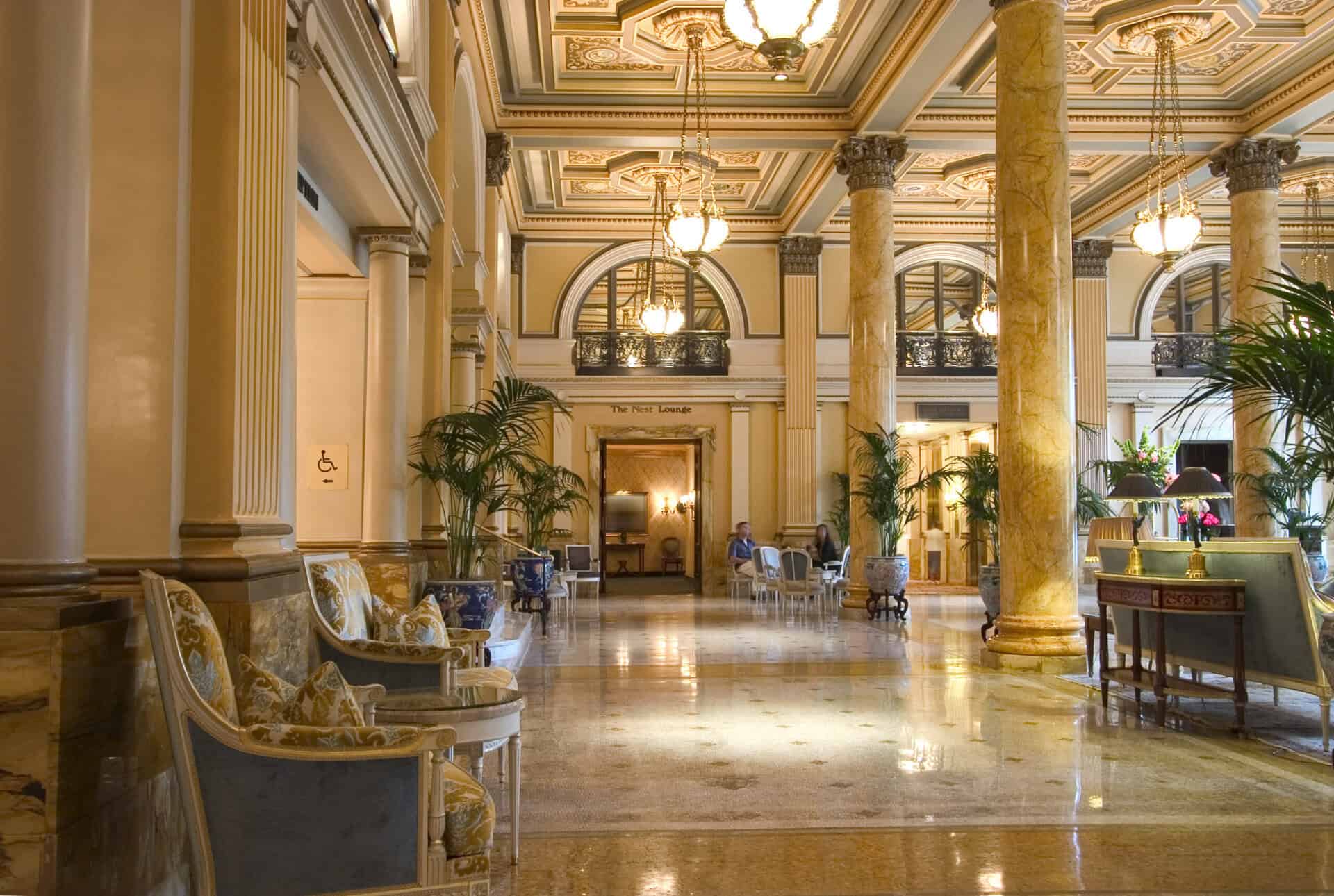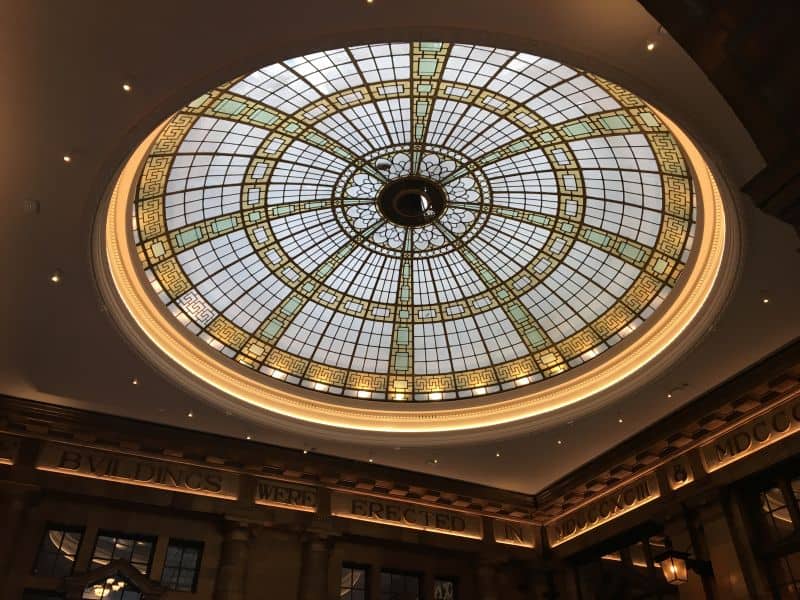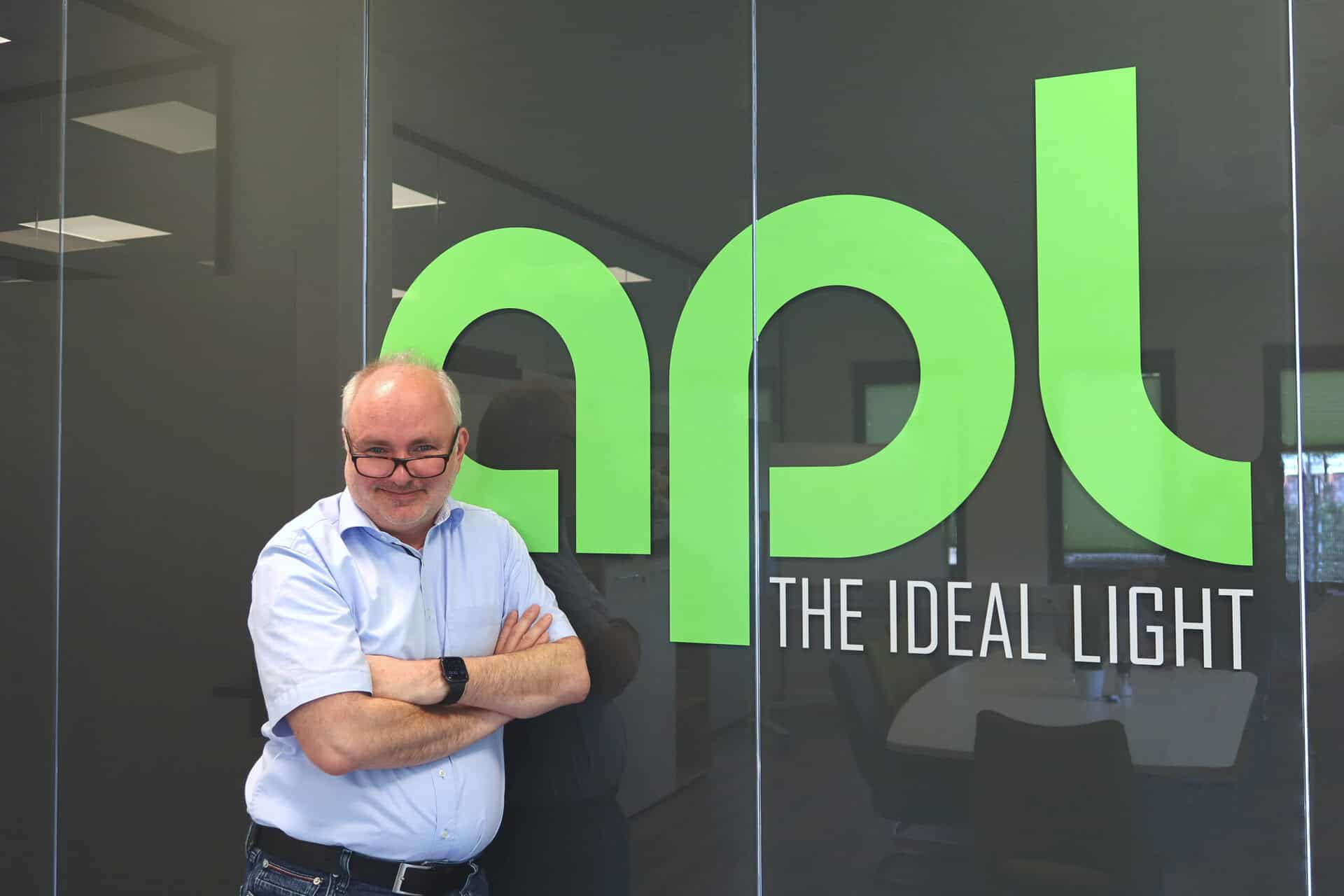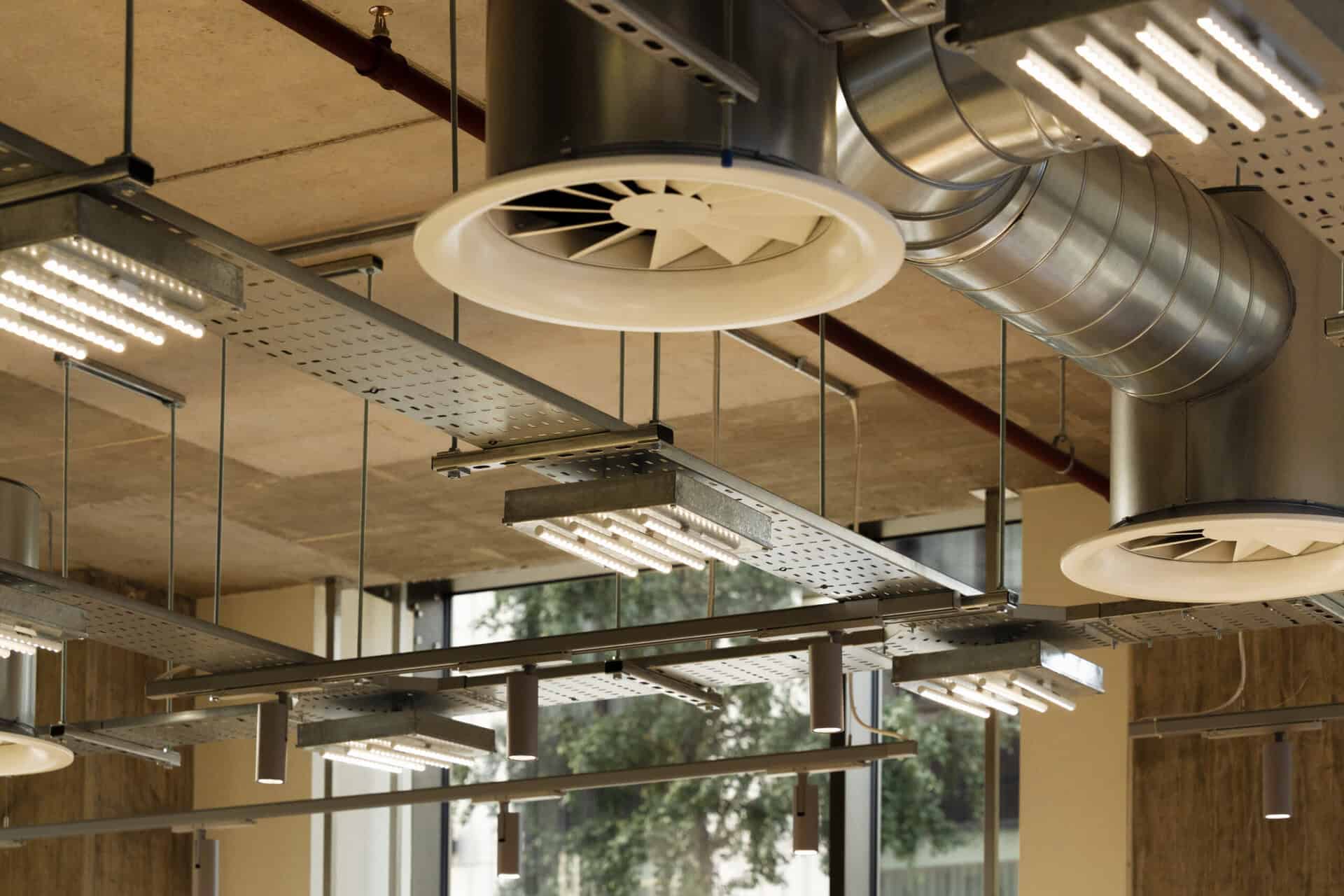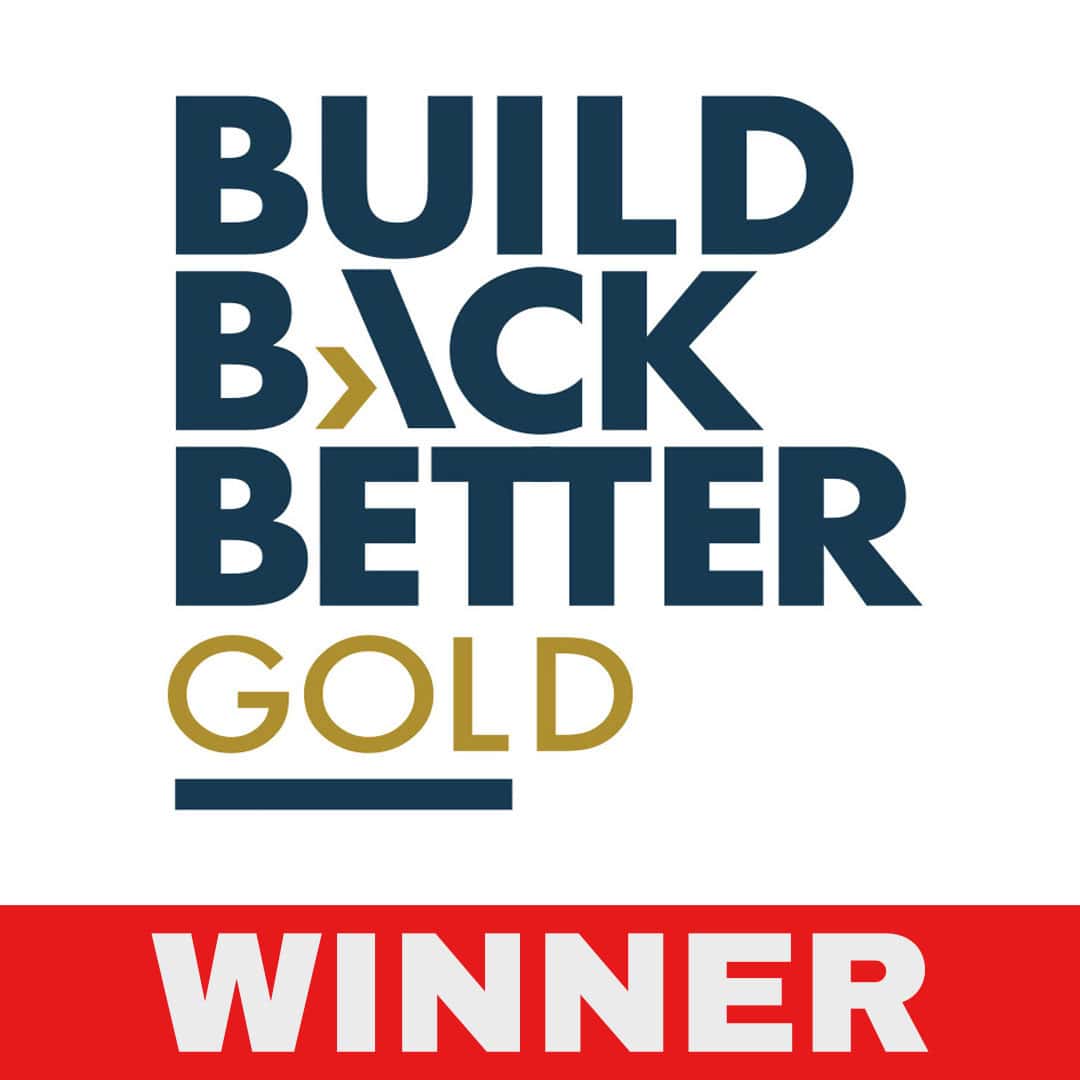Our sustainable packaging journey – Redesign: Re-use: Reduce
Our sustainable expert Issie Gilbert describes the work that went into improving our sustainable packaging criteria.
We began searching for a more sustainable packaging strategy in 2022. This was part of our plan to achieve the ISO 14001 Environmental Management Standard.
We consulted with our main packaging supplier, Macfarlane. They had been actively working on a carbon emissions reduction policy for the previous few years. Their experts came along to consult on the best way forward and to discuss the options for us.
Three headers define the approach to the project. The first was Redesign, which refers to both the materials and the method of packaging.
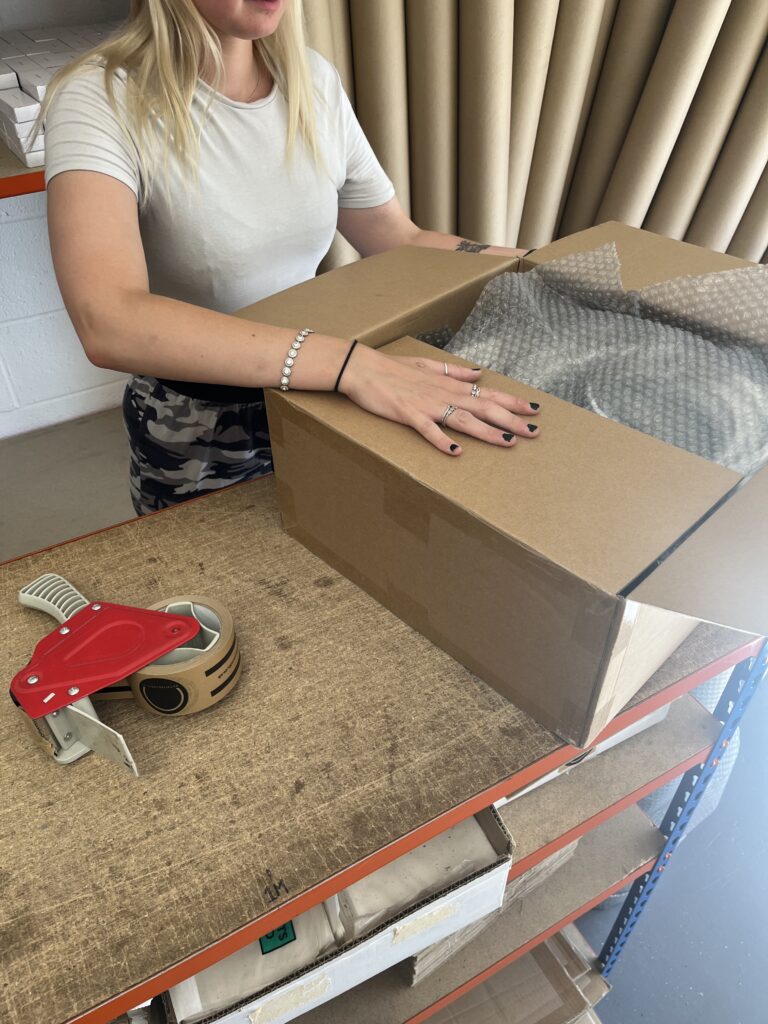
We started researching the use of more sustainable and/ or recyclable packaging materials. We initially trialled a paper bubble wrap machine, to move away from plastic sources. The month trial was not successful. The paper bubble wrap was not fit for purpose for our type of products. The protection was inadequate so we sourced recycled bubble wrap (made from 50% recycled material).
The materials spec also includes tape. We successfully switched to paper packaging tape, which is made from recycled materials.
Next on the list was a trial of recyclable cardboard tubes for our linear fixtures. But the quality is still not durable enough. The compromise is to source partially recycled cardboard. We will continue to work with suppliers to source fully recycled versions. In the meantime, it’s important to ensure tubes are sourced locally and can be recycled at the end of life.
We have improved our packaging specification. This now ensures minimal wasted space (and less packaging) in the outer tubes to suit the product lengths.
Our final spec focuses on the outer cartons, which are Reused as far as possible. From incoming deliveries, we reuse the boxes for drivers and power supplies. For larger projects with a high number of units, we change the label and send them straight back out without repacking. Other boxes without immediate reuse are passed over to the packer and stored for future use.
This way, we successfully Reduce the quantity of packaging using less materials for boxes, tubes and tape. The tape is now of a higher quality and stronger, so we use less of it.
Previously, we didn’t have a budget allocated for packaging. We ordered ‘new’ tubes and bubble wrap. We now have a sustainable packaging budget whilst using the packaging we have earmarked for reuse.
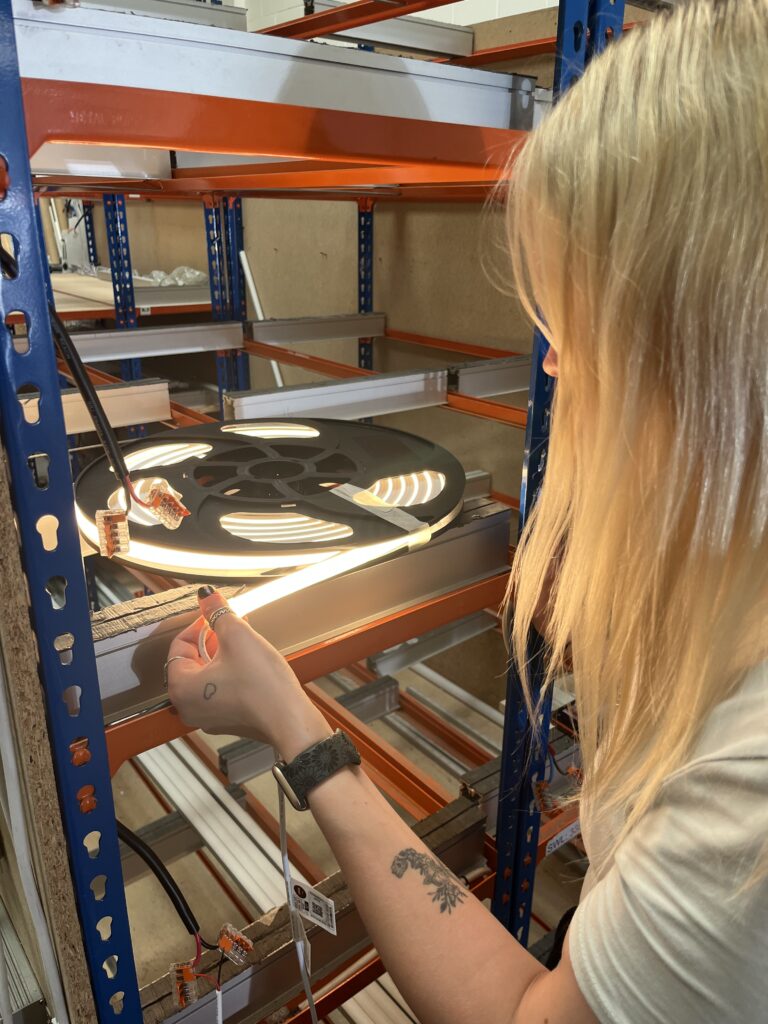
We continue the journey of sustainable sourcing, we’ll keep you posted. I recently came across this information from the Sustainable Packaging Coalition (SPC). It may help others define their requirements.
The SPC has spent considerable time and resources setting out their proposal of what makes environmentally friendly packaging.
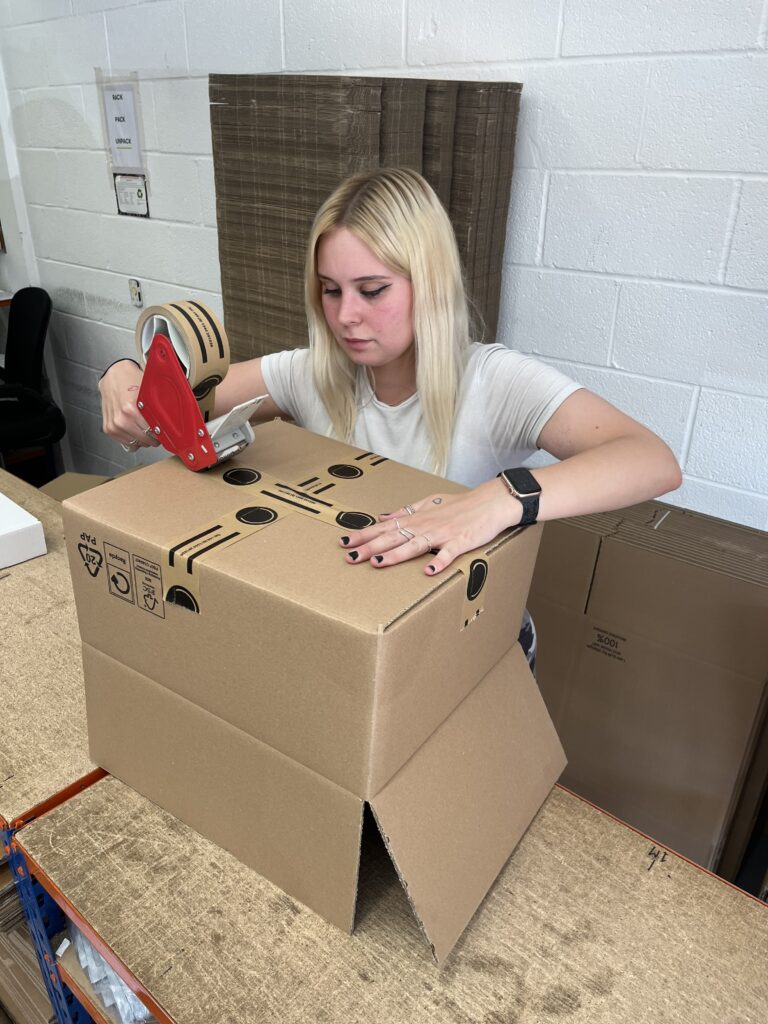
They suggest that sustainable, eco-friendly packaging should adhere to the following points.
- Has a physical design that optimises materials and energy.
- Packaging is beneficial, safe and healthy for individuals and communities throughout its life cycle.
- The packaging meets market criteria for both performance and cost.
- It is sourced, manufactured, transported, and recycled using renewable energy.
- It incorporates and optimises (where possible) renewable or recycled source materials.
- The packaging is manufactured using clean production technologies and best practices (e.g. ISO).
- Is made from materials that are healthy in all possible end-of-life scenarios.
- It can be effectively recovered and utilised in biological or industrial closed-loop cycles.


